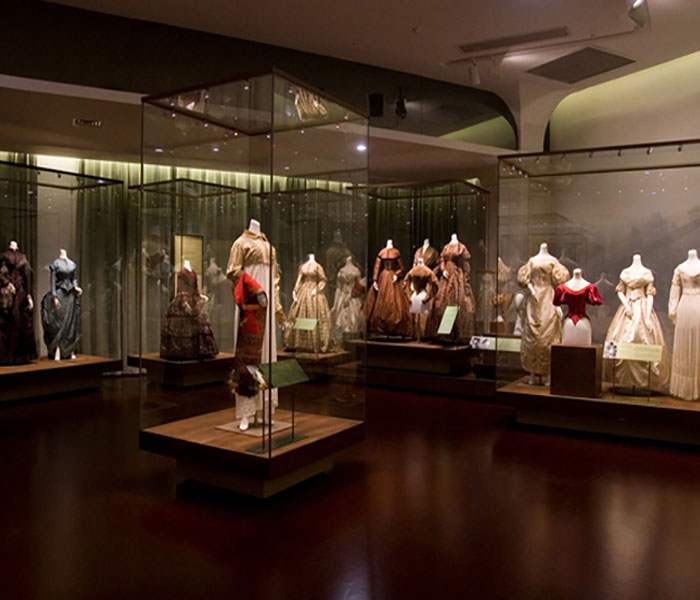In the field of artwork display and protection, low-reflective picture frame glass is an important material choice due to its desirable anti-reflective properties. This glass significantly reduces light reflection from surfaces, providing a clearer viewing experience and protecting artwork from harmful light such as UV rays. As technology continues to advance, anti-reflective technologies are being upgraded to offer more possibilities for the protection and display of artwork. In this article, we will discuss the advantages and applications of low-reflective picture frame glass to help art collectors and gallery workers better understand its value.
First, the technical principle of low-reflective picture frame glass
Low-reflection frame glass is usually coated with one or more layers of film on the surface to achieve the anti-reflective effect. These films have a refractive index between air and glass, which effectively reduces the amount of light that is reflected to the environment from the glass surface, thereby increasing the transmission of light through the glass. High-quality low-reflective coatings not only reduce reflection but also filter out some of the ultraviolet and blue light, protecting the artwork from these harmful spectra.
Advantages of Low Reflection Framed Glass
Improves viewing quality - Low reflection glass reduces reflections on the glass surface, enabling viewers to appreciate the details and true colors of the artwork more clearly, especially in brightly lit environments.
Protection of artwork - by blocking UV rays and some of the harmful spectrum of light, low-reflective glass helps to preserve the artwork for longer periods, preventing color fading and material degradation.
Reduces glare - At certain angles, ordinary glass can produce glare that can detract from the viewing experience. Low-reflective glass significantly reduces this.
Enhanced safety - Low-reflective glass is generally stronger and provides better protection against physical damage to the artwork.

Applications for Low Reflection Framed Glass
Art galleries and museums - In art exhibitions, low-reflective glass is widely used in picture frames and display cases to protect artwork and provide desirable viewing.
Private Collections - For private collectors, the use of low-reflective glass enables them to appreciate the true beauty of the artwork in any environment in their home.
Public Art Displays - In public spaces, low reflective glass reduces distractions from the surrounding environment and makes artworks stand out.
Architectural Design - In the field of architecture, low reflective glass is also used in the design of windows and curtain walls to improve visual comfort and energy efficiency inside buildings.
IV. Future Outlook
With the development of technology, the future of anti-reflective technology may see even greater breakthroughs. Researchers are exploring new materials and nanotechnology for more efficient anti-reflective properties. In addition, the development of smart glass technology will further extend the application scope of low-reflection glass, such as varying light transmission and reflectivity through external control to meet the needs of different environments.
V. Conclusion
Low-reflective picture frame glass is an important material in the field of art display and protection. With the continuous upgrading of anti-reflective technology, its advantages and applications will be further expanded. Art collectors and gallery workers should fully understand the performance of low-reflective glass to choose suitable products to protect precious artworks. Meanwhile, with the advancement of technology, we expect low-reflection glass to bring more surprises in the future, providing more possibilities for the protection and display of artwork.





